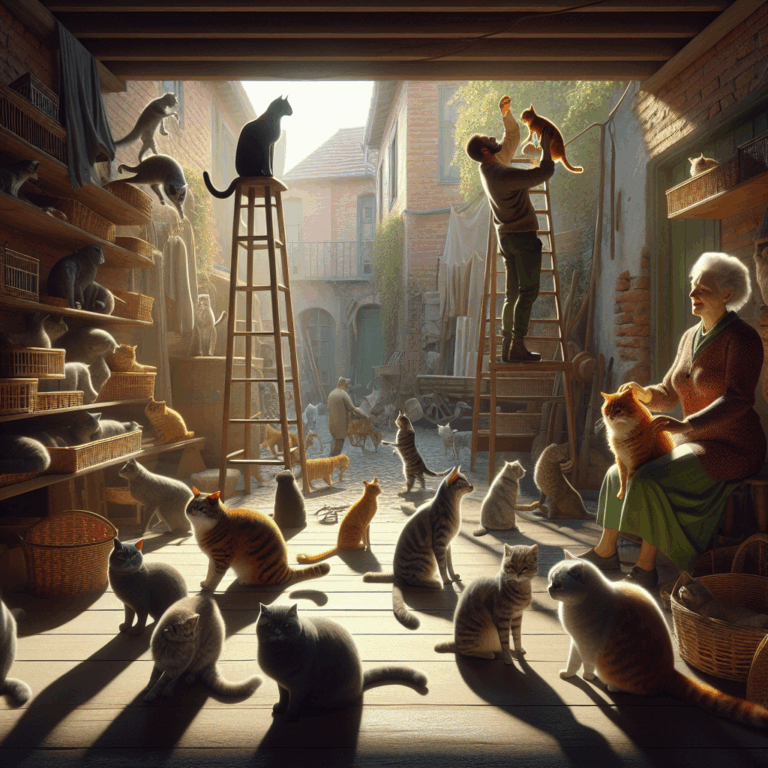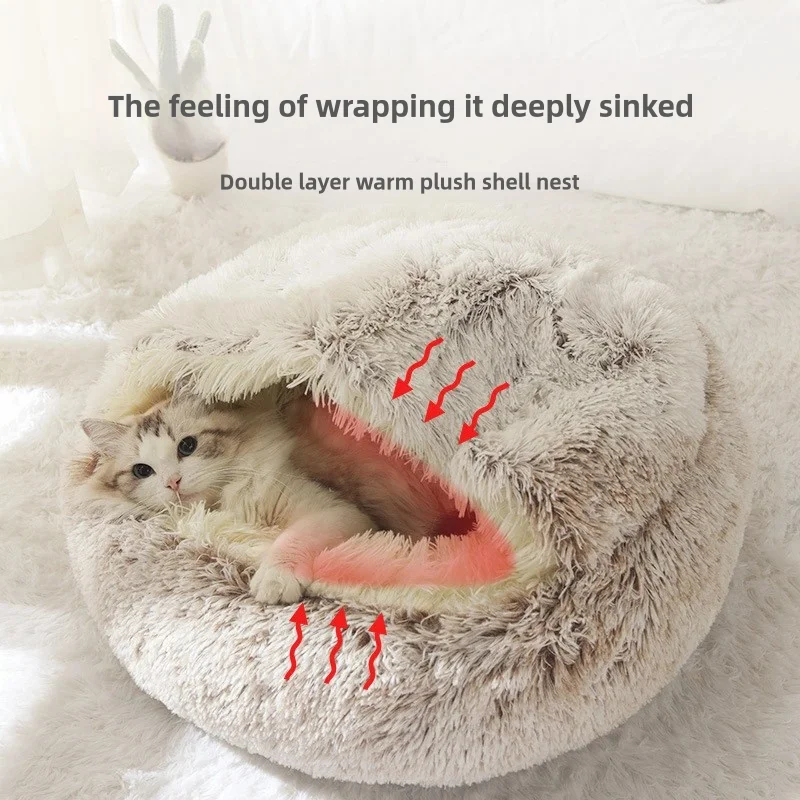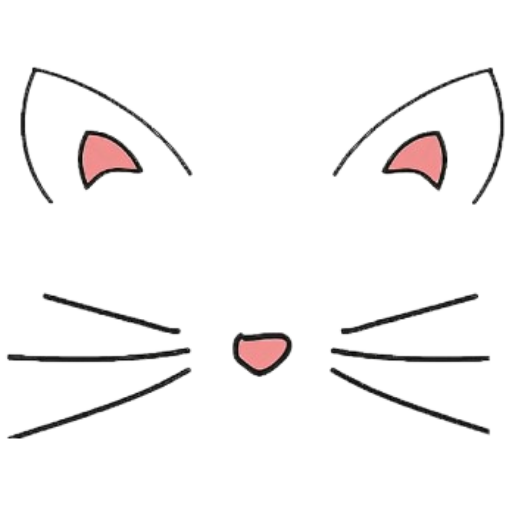Guardians of the Silhouette: The Role of Cats in Pest Control Throughout History
- 29 Comments
In the annals of human history, cats have often played a pivotal role that extends beyond the cozy confines of our homes. While today they are cherished companions, revered for their companionship and charisma, cats have historically served as vital agents in the battle against pests. This function, often overlooked in modern times, has been instrumental in shaping societies and securing food supplies across civilizations.
The origins of cats as pest controllers can be traced back to ancient Egypt, where the symbiotic relationship between humans and felines first took root. As agriculture flourished along the Nile, granaries brimming with grain became prime targets for rodents. Enter the African wildcat, the ancestors of our domestic companions, who were drawn to these storerooms by the promise of prey. The Egyptians, quick to recognize the utility of these natural hunters, began to welcome them into their communities. The result was a mutually beneficial relationship: the cats kept the rodent population in check, while humans provided a steady food source.
This partnership was not just practical but evolved into cultural significance. Cats were revered, often associated with the goddess Bastet, and their presence became widespread across Egyptian society. The reverence for cats ensured their protection and proliferation, further cementing their role as guardians of grain.
As trade routes expanded, cats journeyed far and wide, accompanying ships to ports across the Mediterranean and beyond. Their pest control prowess was not limited to land; aboard ships, they safeguarded precious cargo from the relentless assault of rats and mice. This maritime service was indispensable, maintaining the integrity of goods as they traversed the seas, which further facilitated the spread of cats across continents.
In medieval Europe, the cat’s role as a pest controller took on renewed importance amidst the backdrop of burgeoning towns and cities. As urban populations grew, so did the challenges posed by rodent infestations. Cats were lauded for their ability to protect food stores and stave off the diseases carried by pests, a critical line of defense before the advent of modern sanitation and pest control methods.
Despite their historical significance, the reputation of cats was not without its challenges. Superstitions and unfounded fears occasionally cast a shadow over their standing, particularly during periods of religious and social upheaval. Yet, the undeniable utility of cats in maintaining the delicate balance of human habitats ensured their continued presence and eventual resurgence in favor.
In contemporary times, the role of cats as natural pest controllers is often overshadowed by their status as adored pets. However, their instinctual hunting skills remain intact, a testament to their evolutionary heritage. Many farmers and households in rural areas still rely on cats to keep rodent populations in check, a nod to the enduring legacy of these agile hunters.
As we continue to embrace cats as members of our families, it is worth acknowledging and celebrating their historical contributions to human society. Their role as guardians of the silhouette—silent, watchful, and ever-efficient—remains an integral part of their identity, a living connection to a past where survival often hinged on the presence of these remarkable creatures.

In the annals of human history, cats have often played a pivotal role that extends beyond the cozy confines of our homes. While today they are cherished companions, revered for their companionship and charisma, cats have historically served as vital agents in the battle against pests. This function, often overlooked in modern times, has been instrumental in shaping societies and securing food supplies across civilizations.
The origins of cats as pest controllers can be traced back to ancient Egypt, where the symbiotic relationship between humans and felines first took root. As agriculture flourished along the Nile, granaries brimming with grain became prime targets for rodents. Enter the African wildcat, the ancestors of our domestic companions, who were drawn to these storerooms by the promise of prey. The Egyptians, quick to recognize the utility of these natural hunters, began to welcome them into their communities. The result was a mutually beneficial relationship: the cats kept the rodent population in check, while humans provided a steady food source.
This partnership was not just practical but evolved into cultural significance. Cats were revered, often associated with the goddess Bastet, and their presence became widespread across Egyptian society. The reverence for cats ensured their protection and proliferation, further cementing their role as guardians of grain.
As trade routes expanded, cats journeyed far and wide, accompanying ships to ports across the Mediterranean and beyond. Their pest control prowess was not limited to land; aboard ships, they safeguarded precious cargo from the relentless assault of rats and mice. This maritime service was indispensable, maintaining the integrity of goods as they traversed the seas, which further facilitated the spread of cats across continents.
In medieval Europe, the cat’s role as a pest controller took on renewed importance amidst the backdrop of burgeoning towns and cities. As urban populations grew, so did the challenges posed by rodent infestations. Cats were lauded for their ability to protect food stores and stave off the diseases carried by pests, a critical line of defense before the advent of modern sanitation and pest control methods.
Despite their historical significance, the reputation of cats was not without its challenges. Superstitions and unfounded fears occasionally cast a shadow over their standing, particularly during periods of religious and social upheaval. Yet, the undeniable utility of cats in maintaining the delicate balance of human habitats ensured their continued presence and eventual resurgence in favor.
In contemporary times, the role of cats as natural pest controllers is often overshadowed by their status as adored pets. However, their instinctual hunting skills remain intact, a testament to their evolutionary heritage. Many farmers and households in rural areas still rely on cats to keep rodent populations in check, a nod to the enduring legacy of these agile hunters.
As we continue to embrace cats as members of our families, it is worth acknowledging and celebrating their historical contributions to human society. Their role as guardians of the silhouette—silent, watchful, and ever-efficient—remains an integral part of their identity, a living connection to a past where survival often hinged on the presence of these remarkable creatures.



29 thoughts on “Guardians of the Silhouette: The Role of Cats in Pest Control Throughout History”
This insightful post beautifully highlights the historical significance of cats as effective pest controllers and their lasting impact on human societies.
This post beautifully highlights the invaluable contributions of cats in pest management across different eras.
This post beautifully highlights the historical significance of felines in supporting human societies through their natural hunting skills.
The post overlooks the negative periods in history when superstitions led to cats being unfairly persecuted despite their pest control benefits.
This insightful post highlights how cats have played a crucial role in supporting human societies by controlling pests throughout history.
An enlightening look at how our feline friends have skillfully contributed to societies across eras, blending history and nature in an engaging narrative.
This insightful post beautifully highlights the historical significance of cats in pest control, showcasing their invaluable contributions to human society.
This insightful post beautifully highlights the invaluable contributions of cats as effective pest controllers throughout the ages.
It’s wonderful to see appreciation for the historical role of cats. Their contributions have indeed been significant across various cultures and times.
It’s great to see recognition for the impact cats have had throughout history. Their role across different cultures and eras truly highlights their enduring significance.
It’s interesting to consider how cats have influenced various cultures and historical periods. Their role in pest control and their cultural significance in places like ancient Egypt and medieval Europe demonstrate their importance across different societies. While they are often seen as beloved pets today, their contributions to human history through their natural instincts are certainly noteworthy. This historical perspective adds depth to our understanding of the bond between humans and cats.
A fascinating exploration of how cats have been vital allies in managing pests across different eras!
It’s interesting to see how the historical role of cats as pest controllers is appreciated. The article does provide a detailed account of their contributions across various periods and regions. It’s remarkable how these animals have been integrated into human societies, not just as companions but as essential partners in maintaining food security and health. Their journey from ancient Egypt to other parts of the world underscores their adaptability and importance through time. The way they have been embraced by different cultures certainly highlights their enduring legacy.
The comment highlights several key points about the historical significance of cats, particularly their role as pest controllers throughout history. Indeed, the article provides a comprehensive look at how cats have been more than just companions, serving significant functions in various societies by helping to protect food supplies and promote health. Their adaptability and integration into human cultures from ancient Egypt onwards underscore their enduring importance. The way different cultures have embraced cats over time certainly speaks to their lasting legacy and the vital roles they have played across different periods and regions.
This article wonderfully highlights the impressive historical contributions of cats in pest control across different eras and cultures.
It’s great to hear that you found the article insightful. Cats certainly have played a fascinating role throughout history, and their contributions have been significant across various cultures and times.
Thank you for sharing such an insightful exploration of the historical significance of cats in pest control.
A fascinating exploration of how cats have been valuable allies in managing pests across different eras.
This post beautifully highlights the fascinating history and enduring significance of cats in pest control.
What a fascinating look at how cats have contributed to human society through history!
This article beautifully highlights the historical significance of cats in pest control and their lasting impact on human society.
It’s great to see appreciation for the historical role of cats and their ongoing influence on our lives. Their contributions truly are fascinating.
While it’s important to acknowledge the historical role of cats, the romanticized view often overlooks the periods when they were vilified, which impacted their influence on human society. Recognizing both their contributions and the challenges they faced would provide a more balanced perspective.
It’s great to consider both the positive and challenging aspects of cats’ history. Acknowledging the times they were misunderstood alongside their contributions can indeed offer a richer understanding of their impact on human society.
Absolutely, recognizing both sides of their history provides a more comprehensive view. It’s fascinating how their roles have evolved and how their contributions have shaped human societies.
This insightful post highlights the important historical contributions of cats as effective pest controllers.
Thank you for your thoughtful comment! It’s great to see appreciation for the historical role of cats in helping maintain balance and supporting societies. Their legacy as skilled hunters truly is fascinating.
This post beautifully highlights the fascinating historical contributions of cats in pest control across different cultures.
This post beautifully highlights the important contributions of cats to human societies throughout time.